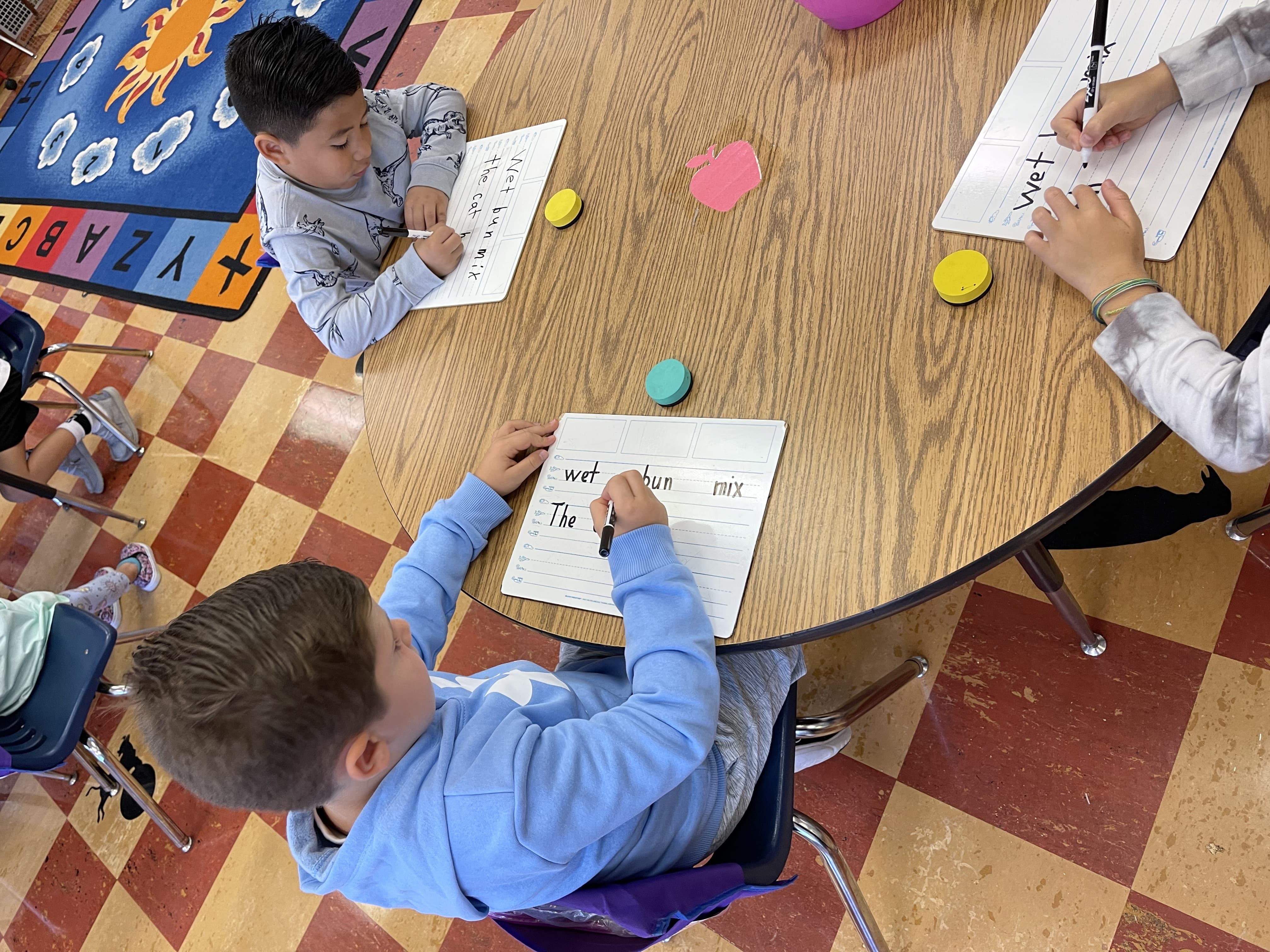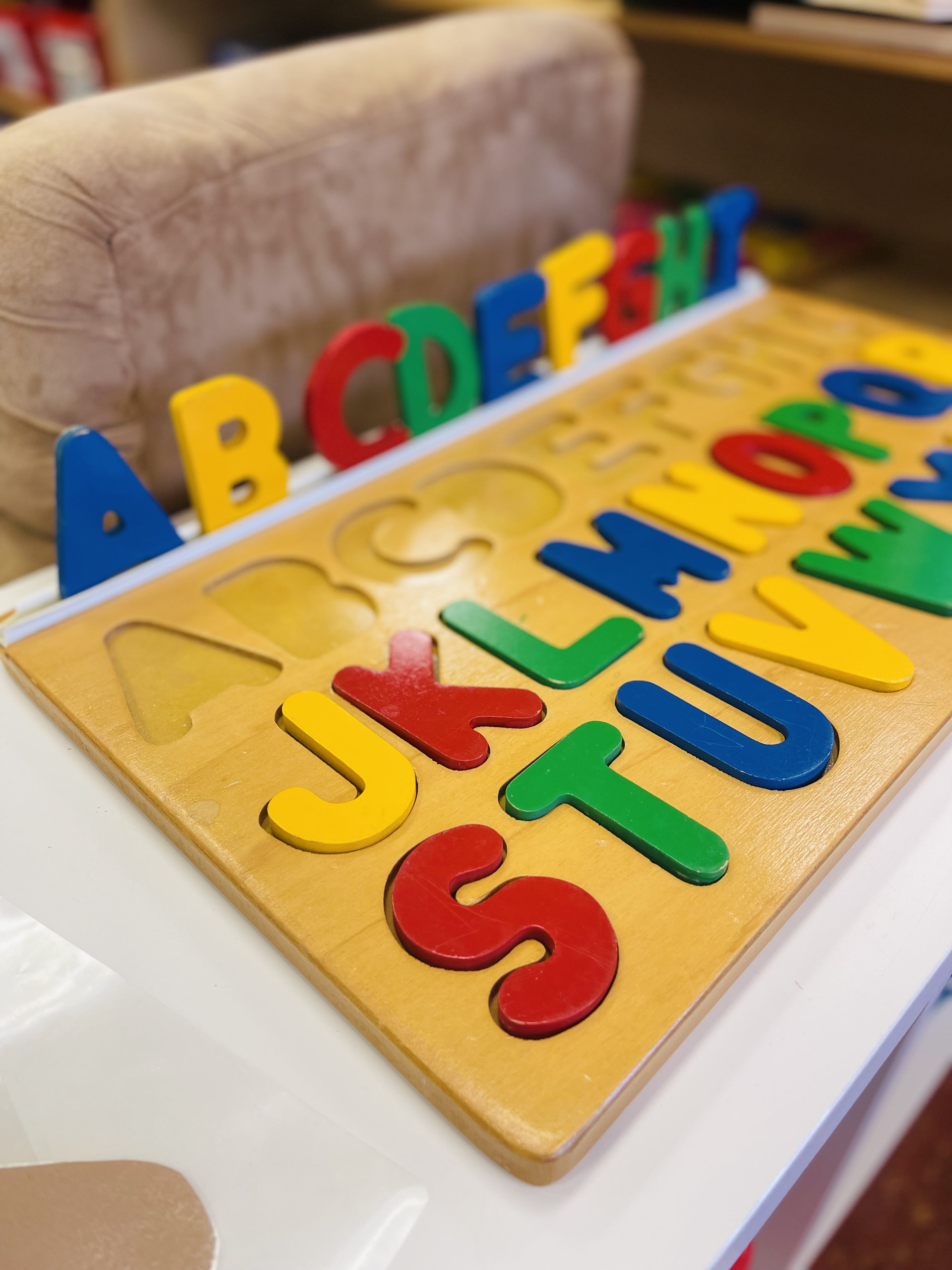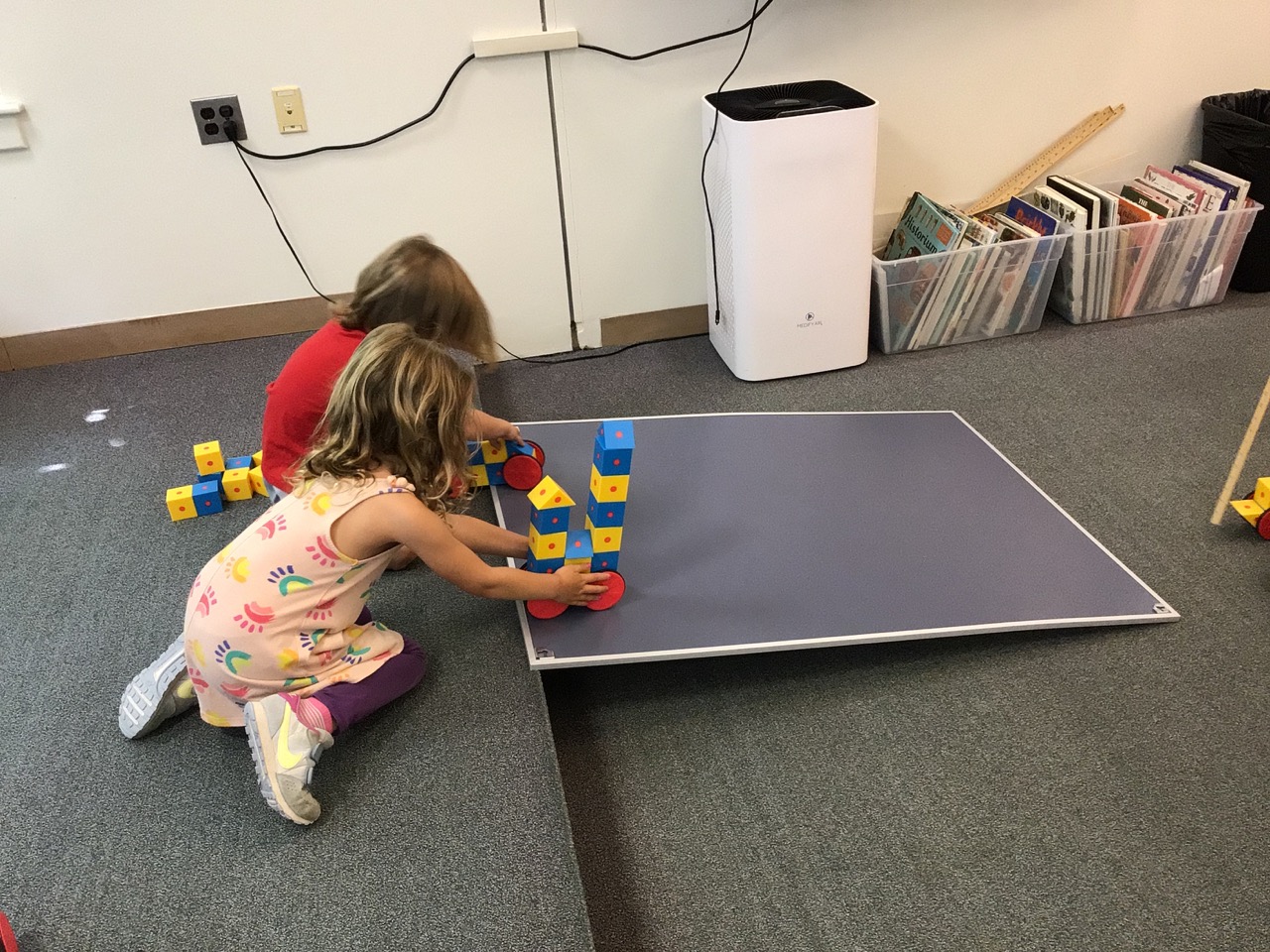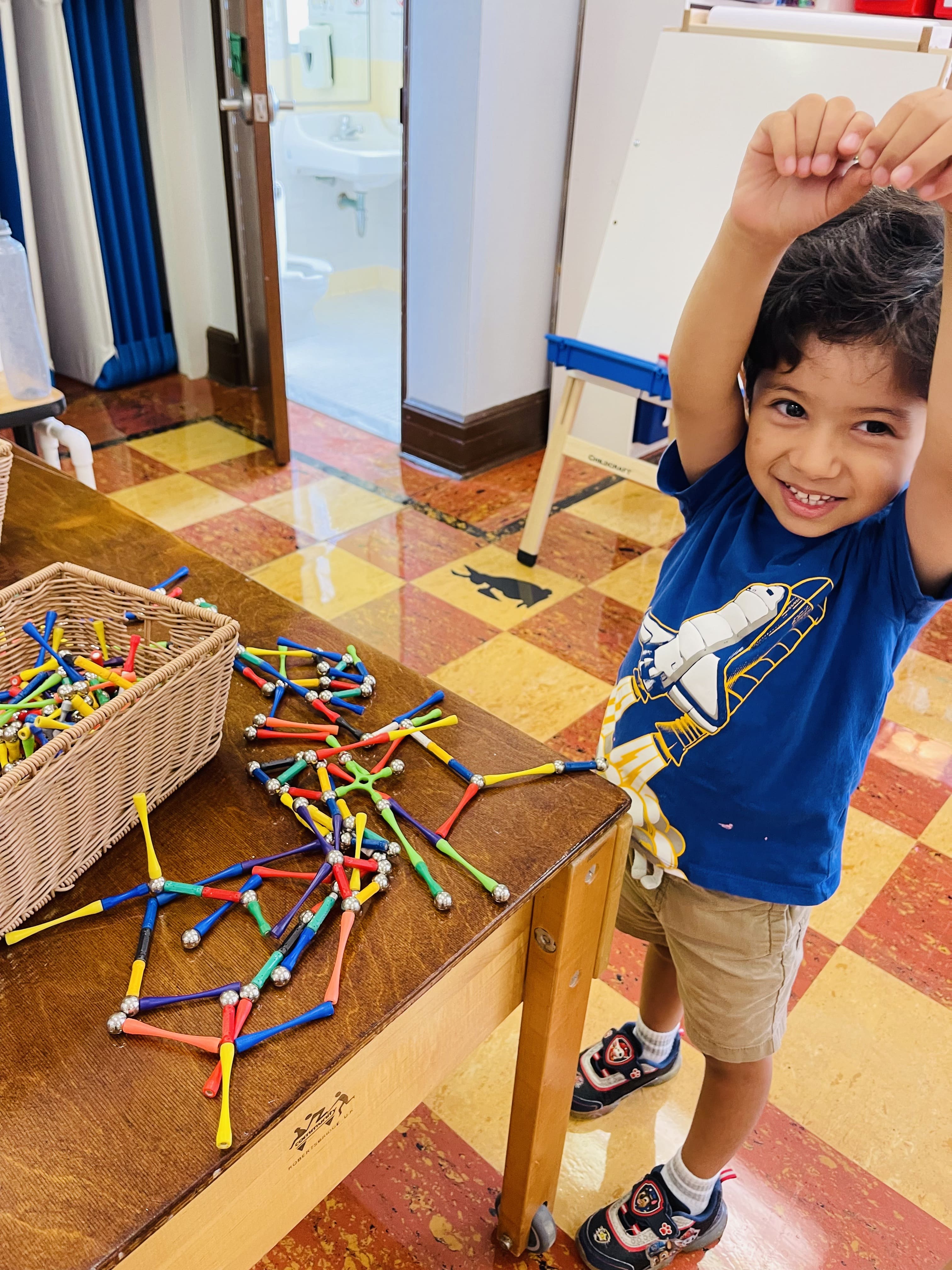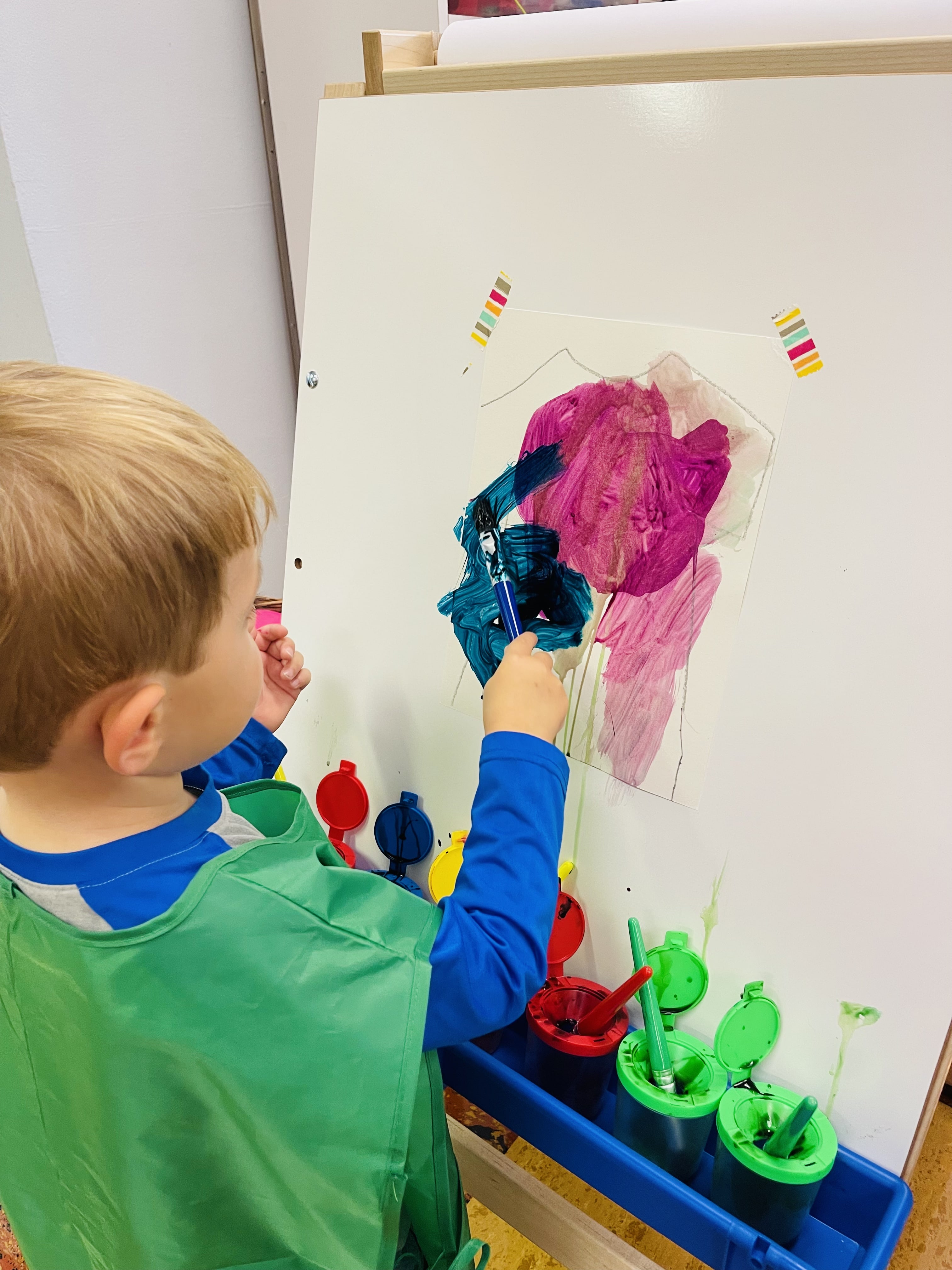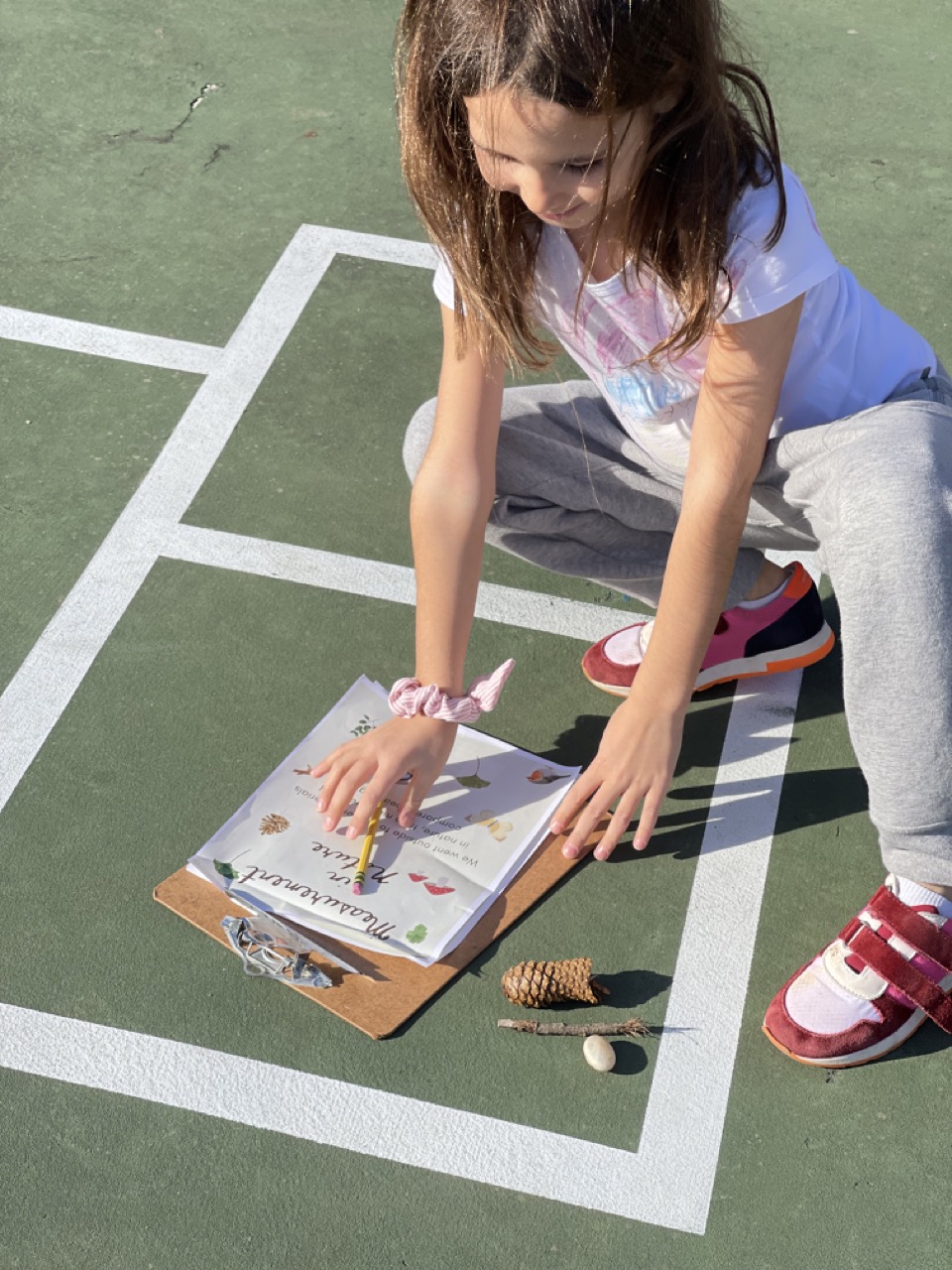
What is Mindfulness?
Mindfulness is the basic human ability to be fully present, aware of where we are and what we are doing, and not overly reactive or overwhelmed by what is going on around us

What Are the Benefits of
Mindfulness Practice?
Improved academic success
Elementary students who practic mindfulness exhibit greater prosocial behaviors, emotion regulation, and academic performance (Harpin, Rossi, Kim, & Swanson, 2016)
Children from lower socioeconomic backgrouns who participated in a five-week mindfulness program rep[orted decreased stress; allowing them to focus on school (Costello & Lawler; 2014)
Children with ADHD displayed less ggression and conduct problems when exposed to mindfulness therapy, which leps them focus on their academics (Singh, Soamya, & Ramnath, 2016)
Buffer against bullying and depression
A dissertation by Sanra McCloy (2005) on mindfulness as a coping tool for bullying suggested that mindfulness can help children consider perspectives other than their own and find constructive reactions in the face of bullying
Mindfulness may even be an effective tool for addressing bullying at the source, improving empathy with tools like mindfulness and improving social and emotional learning could be the key to stopping bullies before they become bullies (Kaldis & Abramiuk, 2016)
Provide support and boost resilience
Resilience is a very effective skill for children to cope with daily struggles and develop emotoinally, psychologically, and academically. Mindfulness training has been shown to boost resilience in children and help them understand and regulate their own emotions (Coholic, 2011; Coholic, Eys, & Lougheed, 2012)
Another study showed the mindfulness-based cognitive therapy for children reduced problem behaviors, attention problems, and anxiety while improving children's social-emotional resiliency (Semple, Lee, Rosa, & Miller; 2010)

5 Simple Mindfulness Exercises
You Can Practice Every Day
1. Practice gratitude
When we practice gratitude, we have to focus our attention to what is postive in our lives in the present moment. It gently brings the good stuff to the forefront of our mind so that we are able to more easily come back into the present moment, instead of worrying about the past or future.
2. Check in with your body
Take a moment and check in with your body- what do you notice? Where ae you holding tension? Do you have any aches or pains? Bringing attention to you body can help realign your attention to the present
3. Pay attention to your five senses
Stop what you are doing for a moment and observe what is going on around you. What noises do you hear? What scents do you smell? What are others around you doing? Whereever you are, whatever you're doing, put your full attention there and observe it through your five senses for a few moments to bring yourself back to the present moment
4. Focus on your breath
By bringing attention to our breath, we can help our mind focus. Notice how you are breathing. Is it shallow or deep? Take five deep belly breaths and focus your attention on your inhale and exhale
5. Practice active listening
Most of the tiime when others speak, we are in our heads trying to think of how we are goig to respond. Next time you have a conversation, try active listening by putting your full attention on the other person and what they are communicating

